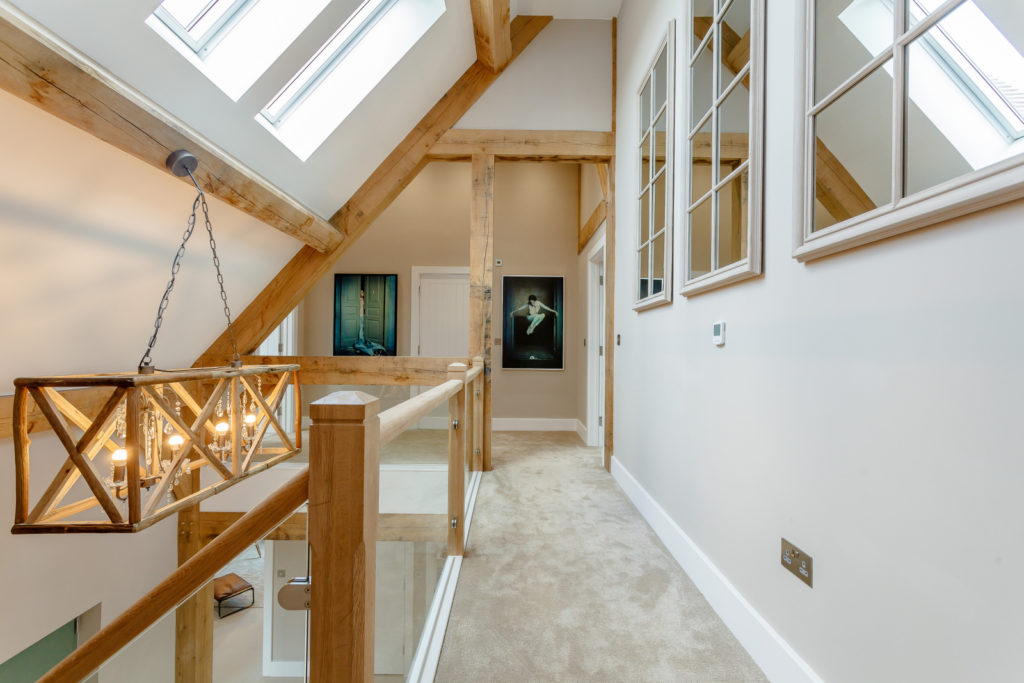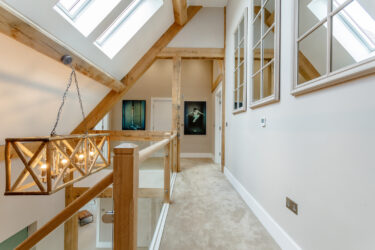How do I choose an interior colour scheme?
It’s a question we’ve all asked ourselves when renovating or decorating our new home.
A colour scheme is the crux of your interior design style and can speak volumes about your personality. But nailing your colour scheme first time round can be tricky. Which is why this article will focus around 5 top tips in achieving your dream scheme.
Whether your ideal style is classic monochrome or something big and bold, it’s essential to get the balance of colour just right. It truly can make or break your interior design. Too much or not enough can throw the look into chaos. Wavensmere Homes is passionate about creating and designing bespoke buildings and homes that not only fits in, but inspires all that sets their eyes on it.
Here’s your check list
- Planning is key
Like any project, planning right is the first step in achieving a goal. Get creative and put everything into mood boards. It may feel time consuming but colour schemes are visual and require you to put everything on the table. So, get creative with your Pritt Stick, buy a big brown book and get looking for inspiration in places like Elle Home, House & Garden and Home & Design. A great alternative to physical mood boards are of course, interactive ones. Pinterest is the ideal place to plan room to room and collect ideas all in one place. But tip one remains as plan, plan and plan.
- Colour impacts mood
Or does it? Interior design is incredibly personal. What someone may find dark and dreary could be your idea of cosy heaven. However, it is important to match your colour scheme to how you want to feel in each room. For example, the bedroom. A bedroom can either be bright, airy and fresh to help individuals wake up in the morning feeling energized. Or it could be dark, sultry and moody where you feel cosy, warm and relaxed. Colour is extremely subjective. Think about how colour makes you feel and go from there.
- A rule of three
A standard rule in interior design is to start with three colours. It’s a balanced number without being too overbearing. The first tone should be neutral which should feature throughout the rest of the house to create consistency in design and look. The other two colours are there to bring your interior design to life. For example, if your three colours are grey, teal and pink then think teal sofa, pink accent chair and grey walls. Finished with matching teal/pink cushions.
- Find the balance
Patterns and bold colours doesn’t have to feel daring. They can really compliment a colour scheme when used in moderation and in the right way. A feature wall can be the ideal focal point by adding interest, texture and theme to a room. This could be balanced with subtle tones and palettes in furniture, art and wall colours. For example, you choose a blue bedroom. Opt for a quirky back wall with patterned wallpaper that have the same tones as the bedsheets and bed accessories.
- Test it
Once you’ve committed to your chosen colour scheme, buy a test pot and test the lighting. Colour hues can look dramatically different on the wall than they do on tiny swatched. A test patch of paint can be covered in seconds – an entire room is time consuming (and expensive)! Another tip is to pay a poster sized piece of paper and hang this on the wall in various locations. Such as walking through the door, from the landing and room to room.
To finish…
It’s important to stay calm, do your research and plan accordingly when approaching any interior design stage. But more importantly, choose colours that make you feel good, relaxed and happy when you walk through that door.
We’d love to know your thoughts on our interior design styles, take a look at our sites and let us know!










